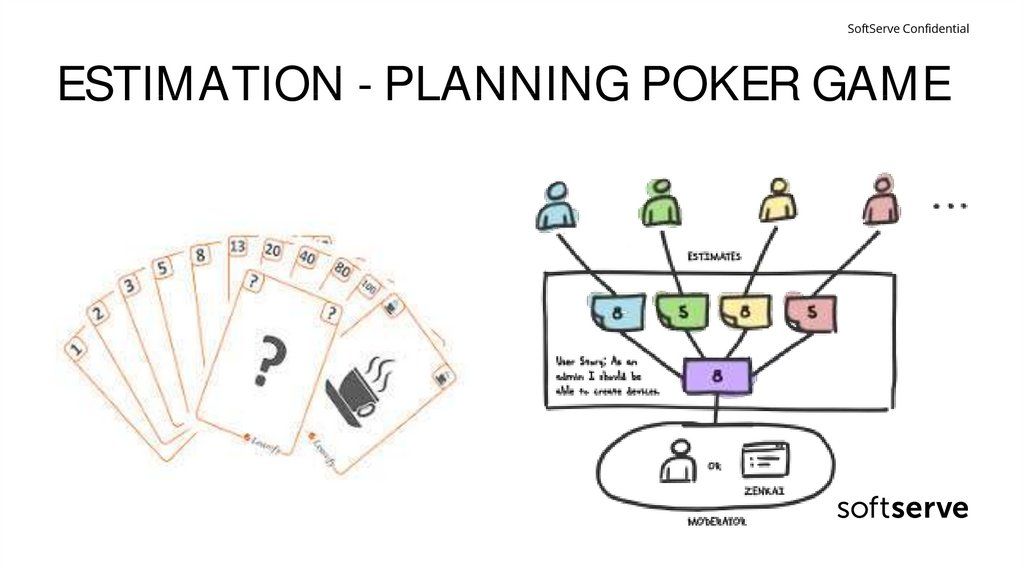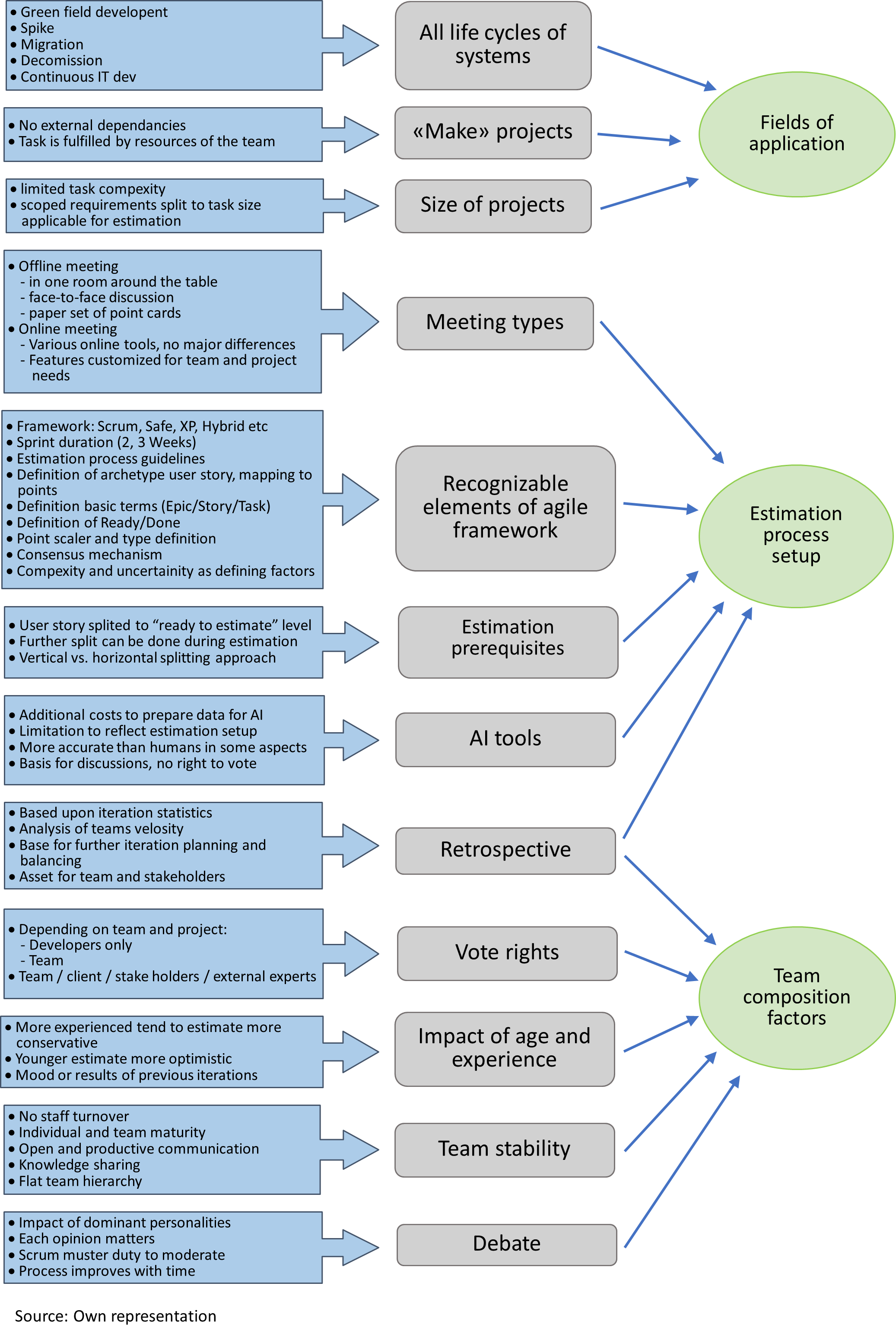Challenges and opportunities of using Planning poker method for IT project cost estimation.
Planning poker is a team-based IT project cost estimation method extensively used in agile software development

Topic
Planning poker is a team-based IT project cost estimation method extensively used in agile software development. While analyzing the experience of practitioners of this estimation method, this exploration consolidates their experience and approaches for organizations to efficiently implement the Planning poker estimation method as an essential element of IT project development.
Relevance
The Planning Poker method improves cost estimation accuracy by involving project teams in a collaborative estimation. It encourages collaboration, mitigates biases, and aligns with agile methodologies. Even though the method is gaining popularity for implementation, there is still a need for transparency on the best practices of method application. By addressing challenges and leveraging the method's opportunities, practitioners can achieve more realistic cost estimates and reduce the risk of cost overruns in IT projects.
Results
The study identified factors influencing the Planning Poker estimation method results. These factors were consolidated into an application model, which can be used by practitioners and researchers. The study confirmed the benefits of the method mentioned in previous research, including its tool-oriented nature, preference over traditional approaches, knowledge-sharing, team coordination, and reduced individual responsibility. However, challenges such as team stability, turnover, voluntary adoption, and contextual considerations were acknowledged. In summary, a stable and cohesive Agile team with skilled and motivated members, open to constructive discussions and using Planning Poker, can ensure an efficient and continuously improving estimation process.
Implications for practitioners
* Review of the existing literature on the practical application of poker planning methods
*The estimation application model was formed based on the results of the determination and systematization of practical elements of the method.
* The research provides insights for practitioners to enhance cost estimation practices, foster collaboration while estimation, and improve project management capabilities.
Methods
The research employed a qualitative approach, using inductive thematic analysis of 11 semi-structured interviews with IT practitioners using the Planning Poker estimation method for IT cost estimation. A purposeful sampling technique was applied to include a diverse range of participants. The data collection involved a literature review and the development of interview guidelines. The interviews were conducted via MS Teams, transcribed, and analyzed using MAXQDA App. The data analysis followed an open coding process, identifying themes and patterns in the interview data. Triangulation with other data sources was used to validate the findings. The research resulted in a theoretical framework representing the primary data and addressing the research question.

